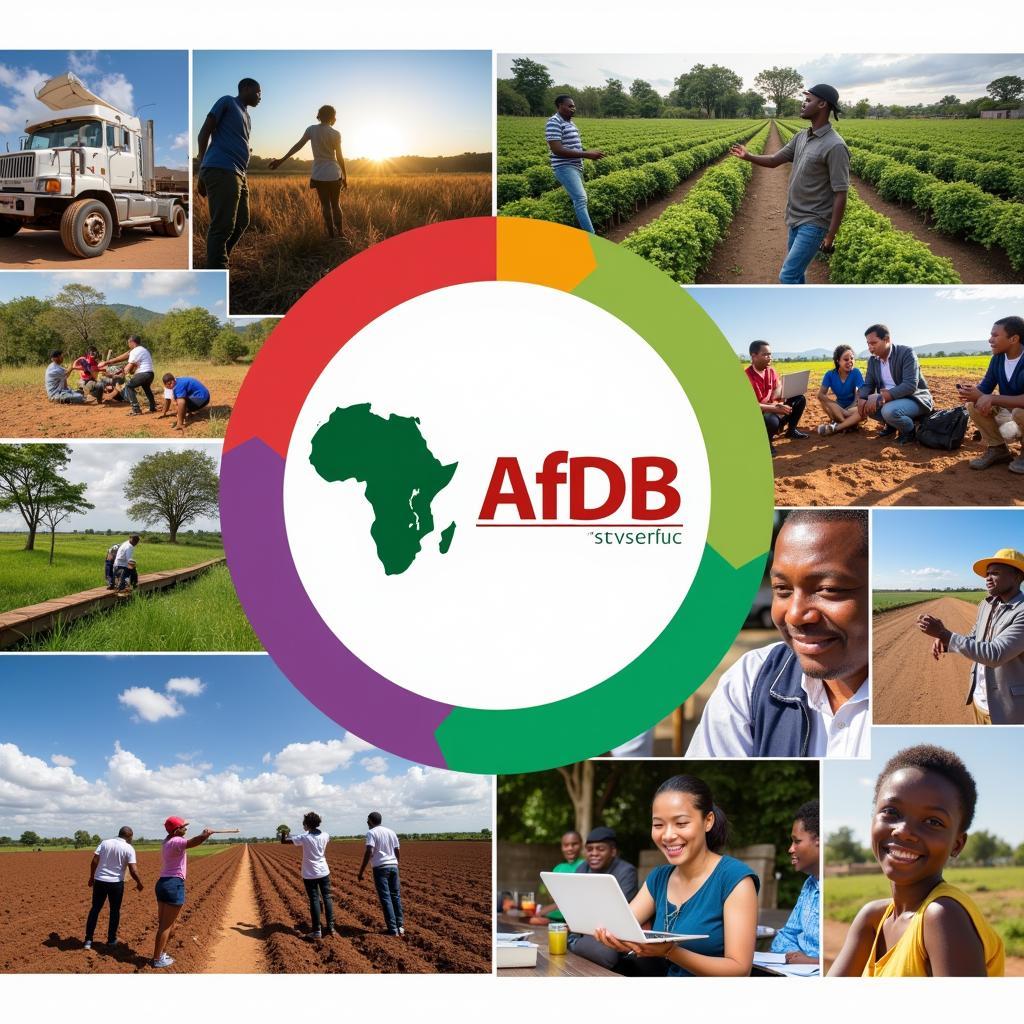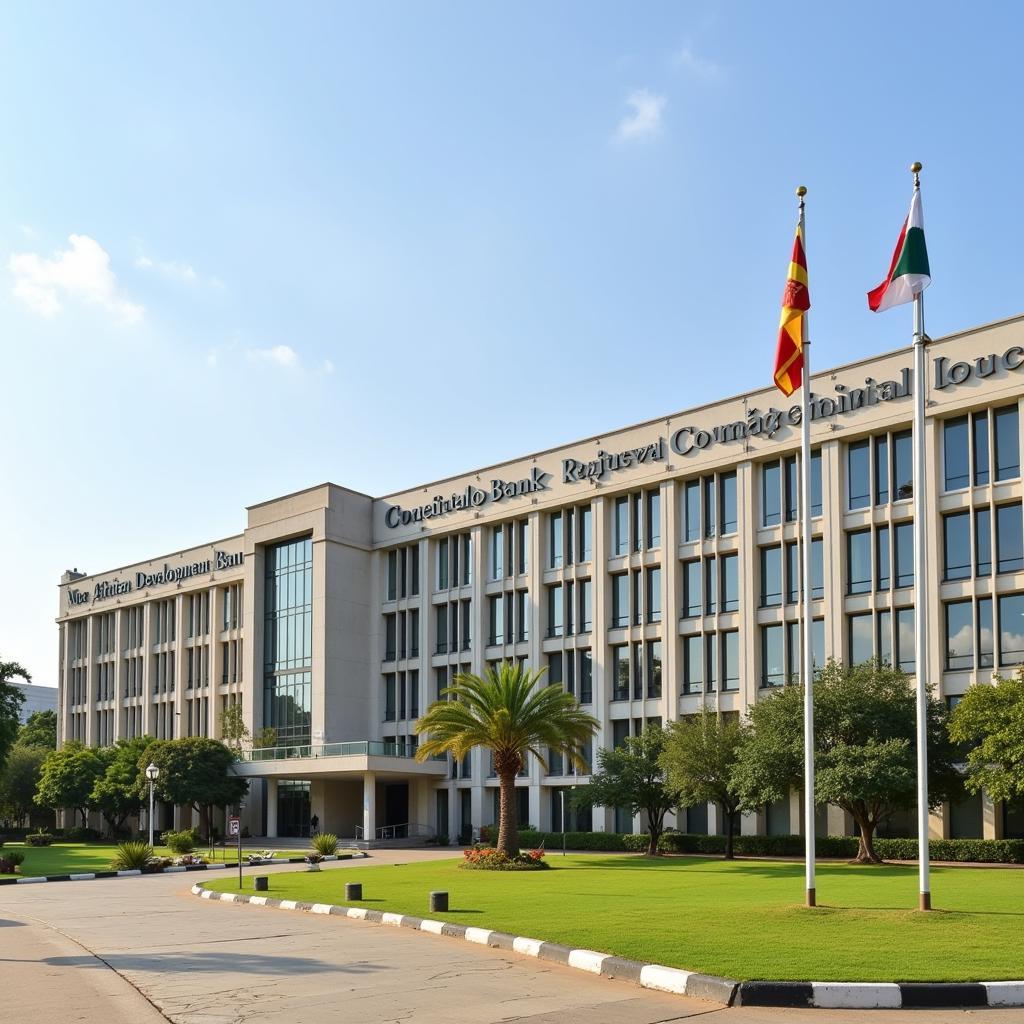African Development Bank Member Nations: A Comprehensive Guide
The African Development Bank (AfDB) Group’s member nations form a diverse coalition committed to fostering sustainable economic growth and social progress across the African continent. This partnership plays a crucial role in mobilizing resources and expertise to address the continent’s unique development challenges.
Understanding the composition and workings of the African Development Bank Member Nation structure is key to grasping the institution’s impact. The AfDB comprises two distinct groups of members: regional and non-regional. The regional members consist of 54 African countries, representing a wide spectrum of economic landscapes and development stages. These nations are the primary beneficiaries of the Bank’s initiatives. The non-regional members, currently numbering 28, consist of developed countries from across the globe. These members contribute significantly to the Bank’s financial resources and provide valuable technical expertise. This blend of regional and non-regional membership allows for a synergistic approach to development, leveraging both African ownership and global partnership.
Regional Member Nations: Driving African Ownership
The regional members of the AfDB are at the heart of the Bank’s operations. They hold the majority voting power, ensuring that the institution’s strategies and interventions are aligned with the continent’s priorities. This principle of African ownership is fundamental to the AfDB’s mission. These nations benefit directly from the Bank’s lending and grant programs, which support a wide range of development projects in sectors such as infrastructure, agriculture, education, and health. For more information about the economic performance of some of these nations, check out African countries by GDP per capita.
Challenges and Opportunities for Regional Members
Despite the significant progress made, regional member nations continue to face various development challenges. These include limited access to finance, infrastructure deficits, climate change vulnerability, and human capital limitations. The AfDB plays a crucial role in addressing these challenges by providing tailored support and promoting regional integration. The Bank also actively supports private sector development, recognizing its potential as a key driver of economic transformation.
Non-Regional Member Nations: Fostering Global Partnerships
The non-regional members play a critical role in augmenting the Bank’s financial capacity and providing technical assistance. Their contributions are instrumental in expanding the reach and impact of the AfDB’s development initiatives. This partnership exemplifies the global commitment to supporting sustainable development in Africa. India, for instance, became a member in 1982. For more details, see African Development Bank India member.
 African Development Bank Global Partnerships
African Development Bank Global Partnerships
Benefits of Non-Regional Membership
Non-regional members benefit from their association with the AfDB by gaining valuable insights into African markets and investment opportunities. They also contribute to shaping the development agenda of a continent with vast potential. This partnership fosters mutual understanding and strengthens international cooperation.
The African Development Bank Website: A Hub of Information
For comprehensive information about the Bank, its operations, and member nations, visit the African Development Bank website english. This resource provides detailed information on the Bank’s strategies, projects, and publications.
 African Development Bank Headquarters Abidjan
African Development Bank Headquarters Abidjan
Conclusion: A Collective Effort for African Development
The African Development Bank member nations represent a powerful coalition dedicated to driving sustainable development in Africa. Through this partnership, the Bank mobilizes resources and expertise to address the continent’s diverse development challenges. By fostering both African ownership and global partnership, the AfDB is instrumental in promoting inclusive and sustainable growth across the continent. You can also find relevant information regarding African Development Bank Kenya Careers. For currency conversion information, check out 1 African dollar to INR.
FAQ
- How many member nations does the AfDB have? The AfDB has 81 member nations.
- What is the role of regional member nations? Regional members hold the majority voting power and are the primary beneficiaries of the Bank’s initiatives.
- How do non-regional members contribute to the AfDB? They contribute financially and provide technical expertise.
- Where is the AfDB headquarters located? The headquarters is in Abidjan, Côte d’Ivoire.
- How can I learn more about the AfDB? Visit the official website.
Scenarios and Questions:
- Scenario: A researcher wants to understand the voting structure of the AfDB. Question: How is voting power distributed among regional and non-regional member states?
- Scenario: An entrepreneur seeks funding for a renewable energy project in Africa. Question: What funding opportunities are available through the AfDB for private sector development in renewable energy?
Further Exploration:
You may also be interested in learning about the AfDB’s specific initiatives in various sectors such as agriculture, infrastructure, and education. Explore the Bank’s website for more detailed information.
Call to Action:
For any inquiries or support, please contact us: Phone: +255768904061, Email: [email protected], or visit our office at Mbarali DC Mawindi, Kangaga, Tanzania. Our customer service team is available 24/7.

